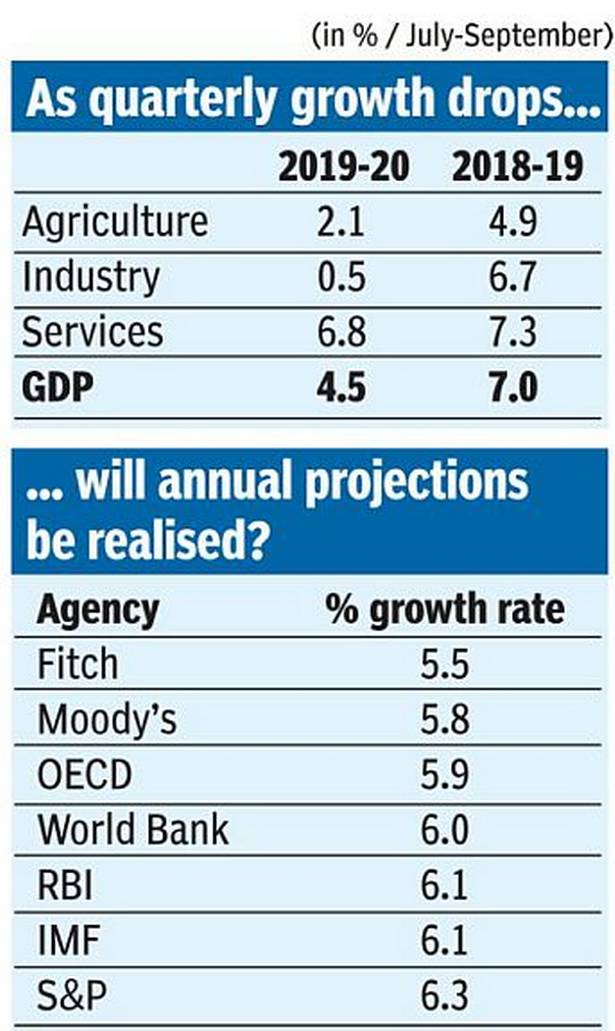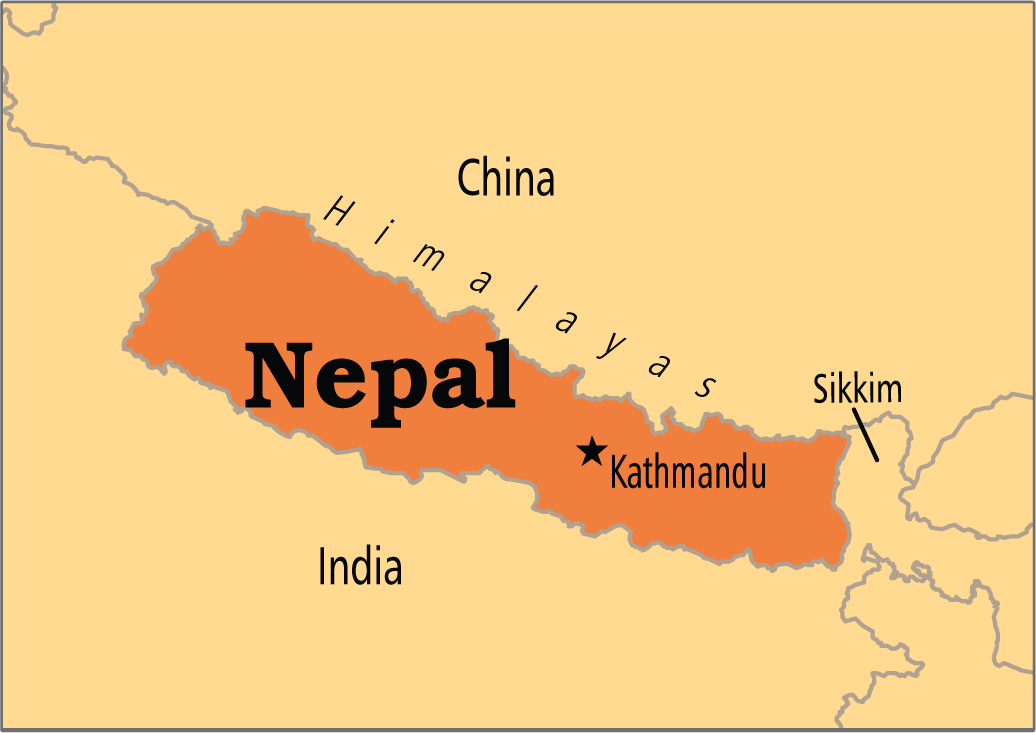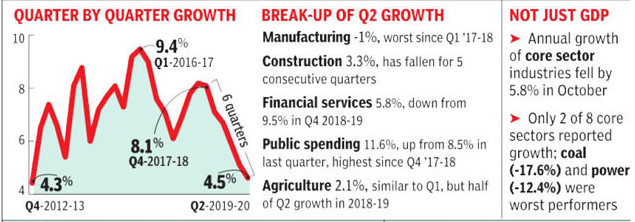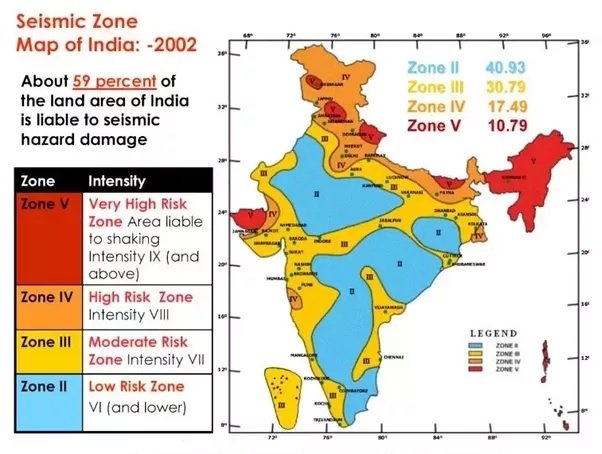Indian Economy
GDP Growth
Why in News
As per the data released by the National Statistical Office, India’s Gross Domestic Product (GDP) growth slipped to a 26-quarter low of 4.5% in the second quarter (Q2 i.e. July-September) of the financial year 2019-20.
- The growth is the lowest in six years and three months with the previous low recorded at 4.3% during the January - March 2013.
- In terms of quarterly growth, India has lost the tag of the fastest growing economy to China which posted a growth of 6% in the September quarter.
- Reasons for fall in growth include contraction in manufacturing, weak investment, and lower consumption demand.
- The global economy is also facing a slowdown and this has hurt demand for India's exports, which have slumped in recent months.
Key Points
- Growth in Gross Value Added (GVA) dipped to 4.3% in Q2 of 2019-20 from 6.9% in Q2 of 2018-2019.
- Manufacturing Sector Growth contracted 1% as against 6.9% growth last year during the same quarter.
- Agriculture, forestry and fishing sector recorded a growth rate of 2.1% as against 4.9% last year.
- The ‘Financial, Real Estate & Professional Services’ category saw growth slow to 5.8% in Q2 of 2019-20, compared with 7% in Q2 of the previous year.
- Private final consumption expenditure, the closest proxy in the data to a measure of consumption demand, grew 5.06% in Q2 of 2019-20 as against the growth of 9.79% in Q2 of the previous year.
- Gross fixed capital formation, which is a measure of the level of investment in the country by both the government and the private sector, grew only 1.02% in Q2 of 2019-20 as against the growth of 11.8% in Q2 of last year.
Recent Signs of Economic Slowdown
- The collapse of IL&FS in September 2018.
- The financial sector is on the brink as indicated by huge number of Non-Performing Assets (NPAs).
- Though the Reserve Bank of India has cut the key policy rates (like Repo rate), the banks have not transferred the same to the final consumers. Thus, the two critical needs of the industry i.e. cost of credit and availability of credit, have not been met fully.
- The cumulative cut of 135 basis points by the RBI over the last nine months has translated into a meager 29 basis points (just over a fifth), with banks still retaining a huge spread.
- Cost of credit continues to remain high for most companies and the worst affected are small and medium enterprises.
Way Forward
- The government should give a high priority to implementing measures to bolster manufacturing output and kick-start an upturn in the investment cycle.
- Accelerated spending by the government is another way out but this action would be opposite to the government’s fiscal deficit target of 3.3% of GDP.
Note
- Gross Value Added (GVA) provides for value of the amount of goods and services that have been produced in a country, minus the cost of all inputs and raw materials that are directly attributable to that production. It is used to measure the output or contribution of a particular sector.
- Gross Domestic Product (GDP) is the single standard indicator used across the globe to indicate the health of a nation's economy. It is the sum of private consumption, gross investment in the economy, government investment, government spending and net foreign trade (difference between exports and imports).
Geography
Seismometers Defunct in Earthquake-Prone Zones
Why in News
20 out of 35 seismometers and accelerographs in earthquake prone zones (Seismic zone III and IV) of Maharashtra were found defunctioning.
- The seismometer is an instrument used to measure and record earthquakes,whereas accelerographs prints the intensity of earthquakes.
- The seismic zone III and zone IV fall under moderate and strong earthquake categories under Earthquake prone zones in India.
Seismic Waves
- Vibrations from an earthquake are categorised as P or S waves. They travel through the Earth in different ways and at different speeds. They can be detected and analysed.
- P-waves (P stands for primary)
- These are the first waves detected by seismograph.
- These are longitudinal waves i.e.they vibrates along the same direction as it travels.
- Other examples of longitudinal waves include sound waves and waves in a stretched spring.
- S-waves (S stands for secondary)
- These waves arrive at the detector after primary waves.
- These are transverse waves i.e. they vibrates at a right angle to the direction in which they travel.
- Other examples of transverse waves include light waves and water waves.
- P-waves (P stands for primary)
- Both types of seismic waves can be detected near the earthquake centre but only P-waves can be detected on the other side of the Earth.
- P-waves can travel through solids and liquids (since they are longitudinal waves) whereas S-waves can only travel through solids (as they are transverse waves). This means the liquid part of the core blocks the passage of S-waves.
- The earthquake events are scaled either according to the magnitude or intensity of the shock.
- The magnitude scale is known as the Richter scale. The magnitude relates to the energy released during the earthquake which is expressed in absolute numbers, 0-10.
- The intensity scale or Mercalli scale takes into account the visible damage caused by the event. The range of intensity scale is from 1-12.
Earthquake Prone Zones in India
- Earthquake is the violent shaking of the ground due to the release of accumulated stress of the moving lithospheric or crustal plates.
- Over 59 % of India’s land area is under threat of moderate to severe earthquakes.
- Bureau of Indian Standards, based on the past seismic history, divided the country into four seismic zones, viz. Zone II, III, IV and V.
- The regions away from the Himalayas and other inter-plate boundaries were considered to be relatively safe from damaging earthquakes.
- However, occurrence of the Killari earthquake in Maharashtra (1993) resulted in revision of the seismic zoning map in which the low hazard zone or Seismic Zone I was merged with Seismic Zone II. Thus Zone I does not appear in mapping.
- Zone V is the most seismically active region, while zone II is the least active region.
- The zones are divided on the basis of Modified Mercalli (MM) intensity, which measures the impact of earthquakes.
- The area covered under different seismic zones include,
- Zone II:
- It falls under low intensity zone.
- It covers 40.93% area of the country.
- It comprises of major parts of peninsular region and Karnataka Plateau.
- Zone III :
- It falls under moderate intensity zone.
- It covers 30.79% area of the country.
- It comprises of Kerala, Goa, Lakshadweep islands, remaining parts of Uttar Pradesh, Gujarat and West Bengal, Parts of Punjab, Rajasthan, Madhya Pradesh, Bihar, Jharkhand, Chhattisgarh, Maharashtra, Odisha, Andhra Pradesh, Tamil Nadu and Karnataka.
- Zone IV :
- It falls under severe intensity zone.
- It covers 17.49% area of the country.
- It comprises of remaining parts of Jammu and Kashmir, Himachal Pradesh, National Capital Territory (NCT) of Delhi, Sikkim, Northern Parts of Uttar Pradesh, Bihar, West Bengal, parts of Gujarat, small portions of Maharashtra near the west coast and Rajasthan.
- Zone V :
- It falls under very severe intensity zone.
- It covers 10.79% area of the country.
- It comprises of the entire northeastern India, parts of Jammu and Kashmir, Himachal Pradesh, Uttarakhand, Rann of Kutch in Gujarat, part of North Bihar and Andaman & Nicobar Islands.
- Zone II:
Indian Polity
Introduction of Private Member’s Bill
Why in News
Recently, the members of parliament has demanded for consideration of private members’ Bills on Wednesdays instead of Fridays.
- They have also demanded that time allotted for private member’s bill consideration should not be cut short unless there is an issue of national significance to be discussed in the House.
- It has been observed that most of the members of the parliament as well as Prime Minister are found absent on Fridays which reduces significance and impact of presentation of private member’s bill in the house.
Private Member’s Bill
- Any Member of Parliament (MP) who is not a minister is referred to as a private member.
- The purpose of private member’s bill is to draw the government’s attention to what individual MPs see as issues and gaps in the existing legal framework, which require legislative intervention.
- Thus it reflects the stand of the opposition party on public matters.
- Its drafting is the responsibility of the member concerned.
- Its introduction in the House requires one month’s notice.
- The government bills can be introduced and discussed on any day, private member’s bills can be introduced and discussed only on Fridays.
- Its rejection by the House has no implication on the parliamentary confidence in the government or its resignation.
- Upon conclusion of the discussion, the member piloting the bill can either withdraw it on the request of the minister concerned, or he may choose to press ahead with its passage.
- The last time a private member’s bill was passed by both Houses was in 1970.
- It was the Supreme Court (Enlargement of Criminal Appellate Jurisdiction) Bill, 1968.
- 14 private member’s bills — five of which were introduced in Rajya Sabha — have become law so far.Some other private member bills that have become laws include-
- Proceedings of Legislature (Protection of Publication) Bill, 1956, in the Lok Sabha;
- The Salaries and Allowances of Members of Parliament (Amendment) Bill, 1964, introduced by in the Lok Sabha and
- The Indian Penal Code (Amendment) Bill, 1967 introduced in the Rajya Sabha.
Indian Polity
State Party Status by Election Commission of India
Recently, the Jannayak Janta Party of Haryana has been granted the status of a recognised State party and has been allotted the symbol of “key” by Election Commission of India.
- Other two recognised state parties of Haryana are Haryana Janhit Congress and Indian National Lok Dal.
Key Points
- Political parties are registered by the election commission for the purpose of elections and granted recognition as national or state parties on the basis of their poll performance.
- The other parties are simply declared as registered-unrecognised parties.
- The recognition determines their right to certain privileges like allocation of the party symbols, provision of time for political broadcasts on television and radio stations and access to electoral rolls.
- Every national party and every state party is allotted a symbol exclusively reserved for its use throughout the country and the states respectively. In other words, the Commission specifies certain symbols as ‘reserved symbols’ which are meant for the candidates set up by the recognised parties.
Conditions for Recognition as a State Party
A party is recognised as a state party in a state if any of the following conditions is fulfilled:
- If it secures 6% of the valid votes polled in the state at a general election to the legislative assembly of the state concerned and in addition, it wins 2 seats in the assembly of the state concerned or
- If it secures 6% of the valid votes polled in the state at a general election to the Lok Sabha from the state concerned and in addition, it wins 1 seat in the Lok Sabha from the state concerned or
- If it wins 3% of seats in the legislative assembly at a general election to the legislative assembly of the state concerned or 3 seats in the assembly, whichever is more or
- If it wins 1 seat in the Lok Sabha for every 25 seats or any fraction thereof allotted to the state at a general election to the Lok Sabha from the state concerned or
- If it secures 8% of the total valid votes polled in the state at a General Election to the Lok Sabha from the state or to the legislative assembly of the state. This condition was added in 2011.
Conditions for Recognition as a National Party
A party is recognised as a national party if any of the following conditions is fulfilled:
- If it secures 6% of valid votes polled in any four or more states at a general election to the Lok Sabha or to the legislative assembly and in addition, it wins four seats in the Lok Sabha from any state or states, or
- If it wins 2% of seats in the Lok Sabha at a general election and these candidates are elected from three states, or
- If it is recognised as a state party in four states.
Important Facts For Prelims
Global Sulphur Cap
Why in News
Recently, the Parliament was informed about Government efforts to clear the uncertainty of the Shipping industry on reducing sulphur oxide emission levels.
- From 1 January 2020, usage of sulphur in fuel oil used on board ships will be capped and reduced to 0.50% m/m (mass by mass).
Key Points
- The main type of bunker oil (heavy fuel oil for ship) is derived as a residue from crude oil distillation and it contains sulphur. On combustion in the engine, it emits oxides of sulphur.
- Sulphur oxides are harmful to human health, causing respiratory symptoms and lung disease. In the atmosphere, they lead to acid rain harming crops, forests and aquatic species and contributing to the acidification of the oceans.
- International Maritime Organisation (IMO) regulations to reduce sulphur oxides emissions from ships first came into force in 2005, under Annex VI of the International Convention for the Prevention of Pollution from Ships (MARPOL Convention, 1973).
- India is a signatory to this International Convention and all its Annexes.
- Limiting sulphur oxides emissions from ships will improve air quality and protect the environment. It will have major health benefits particularly for populations living close to ports and coasts.
Important Facts For Prelims
India’s Core Cold Wave Zone
Why in News
Recently, the Indian Meteorological Department (IMD) has predicted average minimum temperatures to be “warmer than average” in winters for most parts of the country.
- India’s ‘core cold wave’ zone is expected to experience higher minimum temperature during winters.
- A trigger for this phenomena is the warm surface waters of the equatorial Pacific ocean.
- Core cold wave’ zone covers Punjab, Himachal Pradesh, Uttarakhand, Delhi, Haryana, Rajasthan, Uttar Pradesh, Gujarat, Madhya Pradesh, Chhattisgarh, Bihar, Jharkhand, West Bengal, Odisha and Telangana.
- The warm winters in the country and overall rising global temperature is a sign of global warming.
- India on an average is 0.5 degree celsius warmer than 50 years ago.
- Rising temperatures lead to warmer than average ground temperatures and consequently a rise in minimum temperatures.
- The global temperature is expected to rise 3.2 degrees celsius by the end of the century and intensify severe weather events.
India Meteorological Department (IMD)
- IMD was established in 1875.
- It is an agency of the Ministry of Earth Sciences of the Government of India.
- It is the principal agency responsible for meteorological observations, weather forecasting and seismology.
Important Facts For Prelims
SURYA KIRAN - XIV
Why in News
The joint military exercise ‘SURYA KIRAN – XIV’ between India and Nepal will be conducted in Nepal from 3rd- 16th December 2019. 
- The exercise will comprise of 300 soldiers from both Indian and Nepal Army who would be sharing their experience in conduct of various counter insurgency and counter terrorism operations as also various humanitarian assistance missions by both the Armies.
- The exercise is an annual event which is conducted alternatively in Nepal and India.
- The 13th (previous) edition of the exercise was conducted in Uttarakhand, India.






